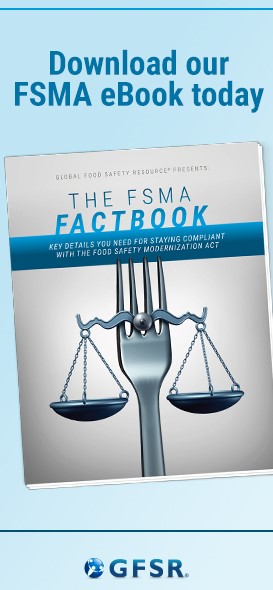How to Increase the Value of Internal Audits
By Brita Ball
External food safety audits can seem like a necessary evil, and internal audits a burden. But what if there’s another way to look at them? What if aligning internal food safety audits with broader business goals will transform audits into powerful mechanisms for improvement?
Audits assess the effectiveness of a food safety system and its conformance to a set of standards. Third party audits provide an independent assessment, often for customers. Second party audits assess suitability or evaluate the performance of suppliers or subcontractors. Both of these external audits can strengthen a company’s food safety system, in part by encouraging preparation for them. Another way to prepare, however, is through internal, or first party audits. These have a strong impact on helping to improve a company’s food safety system, as well as its food safety culture.

An internal audit can be used to:
• Prepare employees for interviews during external audits
• Engage employees in continuous improvement initiatives
• Reduce the number and severity of non-conformances
• Show management commitment to food safety through correction of non-conformances and on-going support for the internal audit process
GFSI-recognized standards require companies to plan and perform internal audits, as they strengthen the food safety requirements beyond Codex Principles of Food Hygiene. Whether or not a company uses a GFSI-recognized standard, effective internal audits can provide external auditors with added confidence in a company’s processes.
Some organizations conduct comprehensive internal audits annually; others schedule the comprehensive audits throughout the year focusing on the various programs that make up the whole food safety system.
Questions that should be asked during the review of the programs, procedures and records include:
• Has anything changed, e.g. in the process or equipment, that would alter the documented program or procedure?
• Do the procedures work as they were intended?
• What can be done to streamline or improve the procedures?
• Are the records being use appropriately?
• How can the records be completed more efficiently?
• What do the employees directly involved in the programs suggest?
While there is tremendous value in the traditional scope of an internal audit and follow-up, it can be limiting if the only focus is on control, compliance and conformance with standards. An audit team that seeks to add value can look at ways to:
• Assess food safety culture and related key performance indicators
• Find and document cost efficiencies
• Provide insights that could improve business processes and performance
• Reduce enterprise risks through the food safety system and other key areas
An organization that goes this route will enhance its food safety record and make significant improvements to its food safety culture, a double win for consumers and the company’s brand reputation.
About the Author
Brita Ball, PhD, CTDP, ECPC, helps organizations improve their food safety and organizational performance. She is President of the international consulting firm Brita Ball & Associates.




